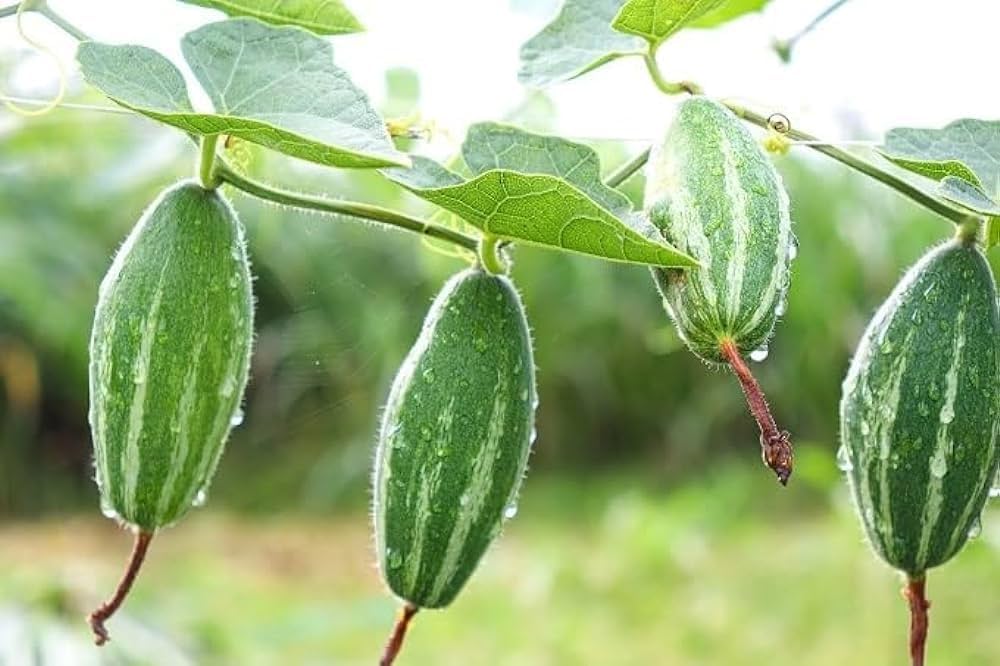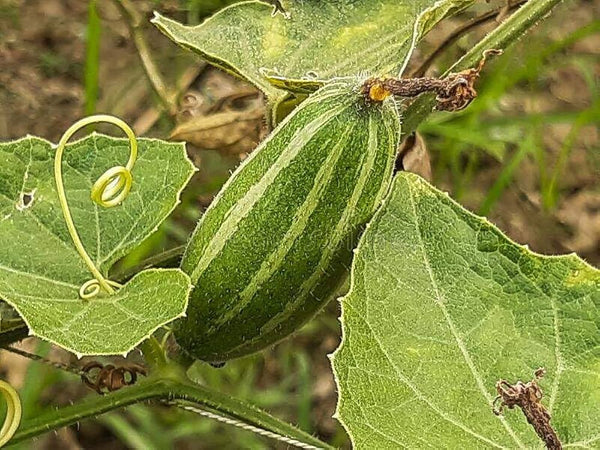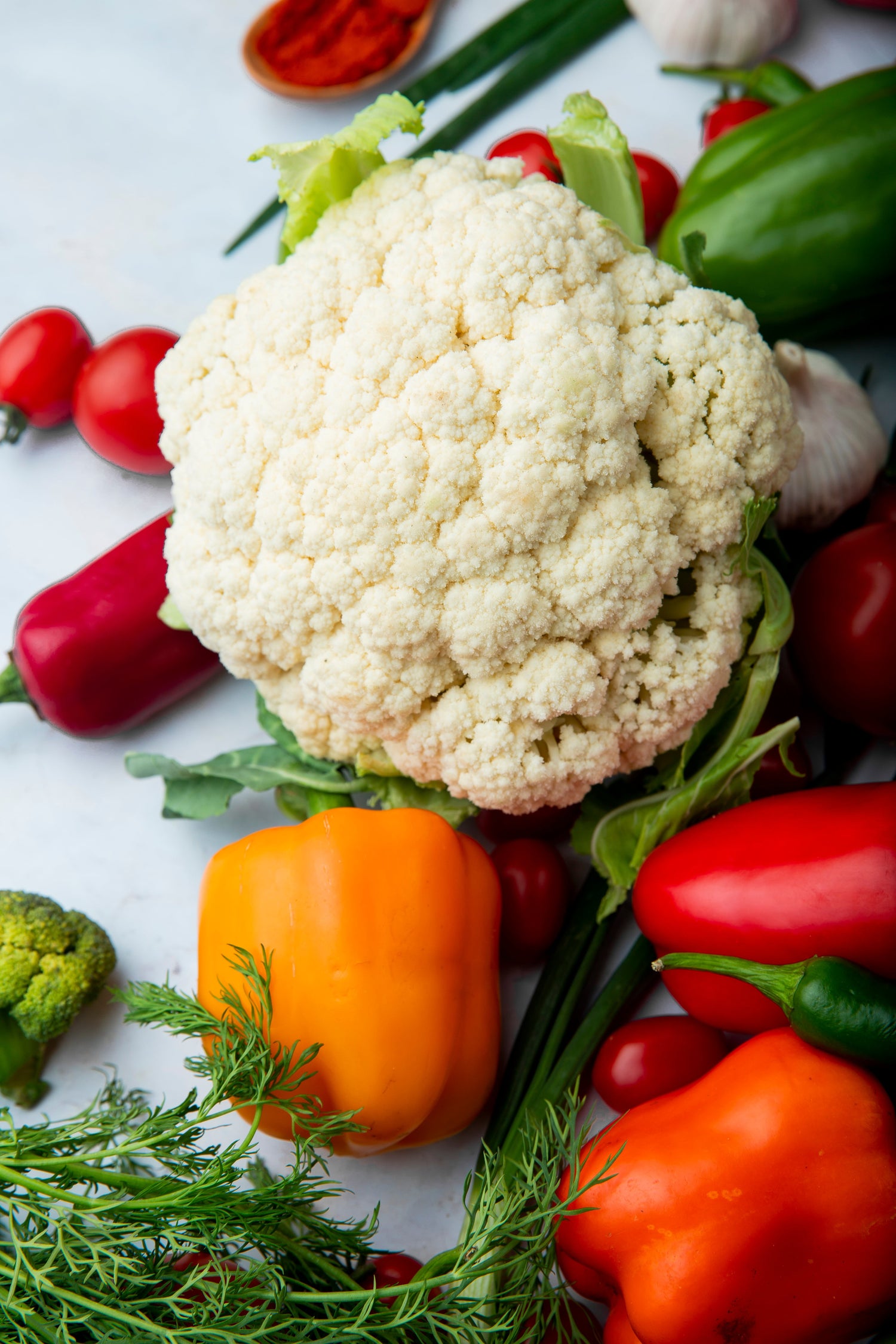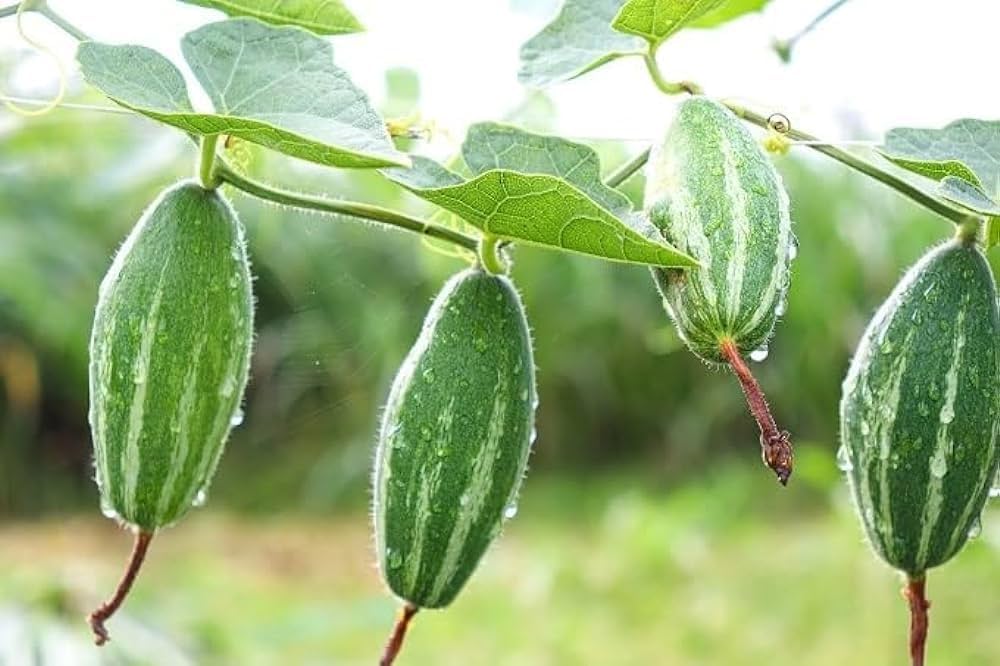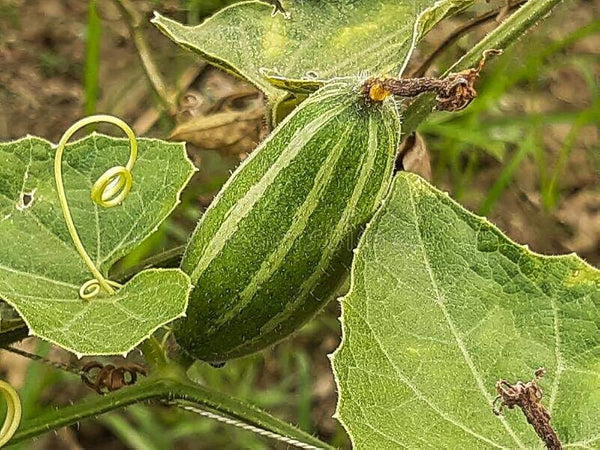Heavenleaf
Pointed Gourd (परवल) (12 seeds)
Pointed Gourd (परवल) (12 seeds)
Couldn't load pickup availability
**7 Days Easy Return Available**
Pointed Gourd, known as Parwal in Hindi, is a nutritious green vegetable widely grown in India. It is a perennial climbing vine that produces soft, green, oval fruits, often with light green stripes. Scientifically, it’s known as Trichosanthes dioica.
Plant Features
-
Type: Perennial climber
-
Leaves: Broad and heart-shaped
-
Fruit: Green, oblong, pointed at both ends, 5–15 cm in length
-
Flowers: White, unisexual (separate male and female)
Growing Conditions
-
Propagation: Mostly through vine cuttings or root suckers
-
Soil: Well-drained sandy loam with good organic matter
-
Watering: Regular, moderate watering — avoid waterlogging
-
Sunlight: Full sun to partial shade
-
Support: Requires a trellis or fencing to climb
-
Temperature: Prefers warm, humid climate (20–35°C)
-
Planting Time: Best planted in spring or early summer
Harvesting
-
Harvest Period: 60–80 days after planting
-
Picking Time: When fruits are young and tender (5–10 cm)
-
Harvest Frequency: Every 3–5 days to encourage new fruiting
Culinary Uses
-
Cooked in curries, stir-fries, stews, and stuffed recipes
-
Commonly used in Indian regional dishes — especially in Bihar, Bengal, and UP
-
Can be combined with potato, onion, or paneer
Nutritional Benefits
-
Low in Calories: ~20 kcal per 100 g
-
Vitamins: Rich in Vitamin A, C, and B-complex
-
Minerals: Contains calcium, iron, potassium, and magnesium
-
High in Fiber: Aids digestion and controls blood sugar
-
Other Benefits: Good for liver health, reduces inflammation, and supports weight loss
(FAQ)
Q: Is Parwal a fruit or a vegetable?
A: Botanically a fruit, but used as a vegetable in cooking.
Q: How is Parwal propagated?
A: Mostly through vine cuttings or suckers. Seeds are rarely used as they take longer.
Q: Can Parwal be grown in pots?
A: Yes, use a large pot with a trellis or stick support.
Q: How often should it be watered?
A: Water every 2–3 days depending on weather; keep soil moist but not soggy.
Share
